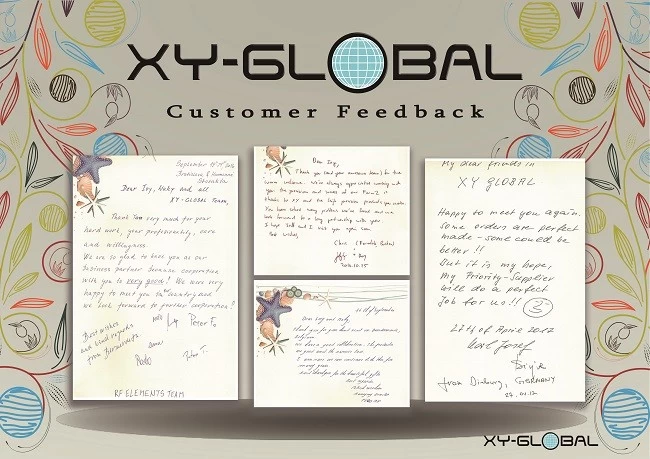How to Chrome Plate--4 Ways for Chroming
Edith
www.xy-global.com
2018-10-09 11:41:24
Chrome plating uses electrolysis to bind a thin plate of chromium onto an object, usually an easily corroded metal. Chromium is an element found in nature, but it is not substantial on its own. You will not find things made of chrome alone, however, chrome plating provides a very bright, high-gloss, mirror-like metallic surface to automobile and motorcycle trim, bathroom fixtures, and many household and industrial objects. Resistant to tarnish, chrome plating serves to protect metals and reduce friction on surfaces. The process is highly specialized, requires use of highly toxic, volatile, and carcinogenic elements (such as chromic acid and sulfuric acid), and produces very hazardous waste. Knowing how to chrome plate may interest you, but you are advised to consider specific safety concerns.
Method 1:Use chrome for decorative purposes
Use chrome to plate metals subject to corrosion, including steel, brass, copper, aluminum, and stainless steel, for decorative purposes.
Method 2: Use hard chrome for plating big, functional items
Use hard chrome, also known as "industrial" chrome or "engineered" chrome, to significantly eliminate wear and tear on large machines, such as those made of steel.
Method 3: Use a hexavalent chromium plating solution
1. To make 1 gallon (3.79 L) of solution, mix 33 ounces (936 grams) of chromic acid and .33 ounce (9.36 mm) to distilled water.
2. Mix solution in immersion tank used for materials testing and/or chemical treatments.
Method 4: Use an electroplating system
1. Dissolve plates of nickel in chromic/sulfuric solution.
2. Run a positive charge from a power source through the chromic plating solution.
3. Attach a negative anode to the object intended for plating and submerge the object into solution.
4. Rinse object in agitating running water, and, then, rinse again.
Method 1:Use chrome for decorative purposes
Use chrome to plate metals subject to corrosion, including steel, brass, copper, aluminum, and stainless steel, for decorative purposes.
- Chrome reflects brighter, clearer, and with less distortion than other finishes, such as paint.
- Decorative chrome plating electroplates nickel and chrome onto a target object, such as a wheel rim or a hood ornament.
- The nickel is the source of the slickness, shine, and resistance in the chrome plating.
- A very thin layer of chrome keeps the nickel from tarnishing, scratching, and rusting.
Method 2: Use hard chrome for plating big, functional items
Use hard chrome, also known as "industrial" chrome or "engineered" chrome, to significantly eliminate wear and tear on large machines, such as those made of steel.
- Hard chrome is not harder than other chrome plating, but rather thick enough that its hardness can be tested.
- Hard chrome coats in measurements in the thousandths as opposed to the millionths in decorative plating.
Method 3: Use a hexavalent chromium plating solution
1. To make 1 gallon (3.79 L) of solution, mix 33 ounces (936 grams) of chromic acid and .33 ounce (9.36 mm) to distilled water.
- Proportions will vary slightly according to the metal surface being plated.
2. Mix solution in immersion tank used for materials testing and/or chemical treatments.
- Degrease and clean objects thoroughly before immersion in process.
- When preparing chromic plating solution, add fluids slowly and carefully so as not to create a splash.
- Remember that this solution is a human carcinogen.
- Handle the process and chemicals carefully because the solution is capable of ignition and fire and of interacting with many other chemicals to produce additional risks.
Method 4: Use an electroplating system
1. Dissolve plates of nickel in chromic/sulfuric solution.
2. Run a positive charge from a power source through the chromic plating solution.
3. Attach a negative anode to the object intended for plating and submerge the object into solution.
- A Negative charge will attract the positively charged metals to the object.
- The thickness of the plating is determined by the length of time in the electroplating process.
- Keep the temperature for the solution between 95 and 115 degrees Fahrenheit (35 to 46 degrees Celsius) for decorative chrome.
- Keep temperature between 120 and 150 degrees Fahrenheit (49 to 66 degrees Celsius) for hard chrome.
- Do not prepare or handle chemicals unless you are wearing a respirator and other safety equipment.
4. Rinse object in agitating running water, and, then, rinse again.




















